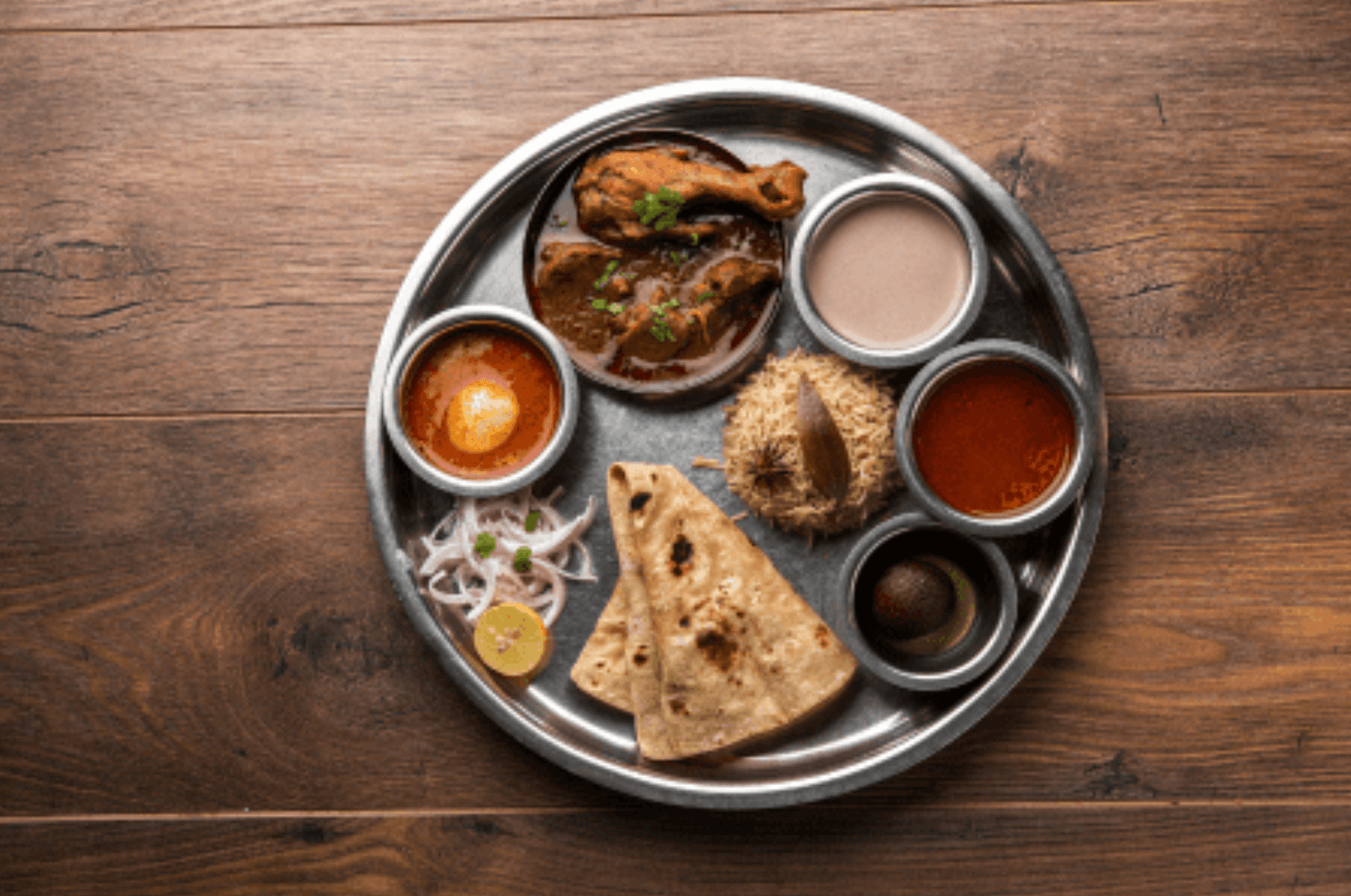Exploring the World of Traditional Medicine in the Kingdom of Thailand
Author: Shachi Suvas Prabhu Mahambre
4th Semester, MSC Life Sciences (Ayurveda Biology)
Thailand, or The Kingdom of Thailand as is its official name, is a big country in the middle of southeast Asia. It is called “the land of smiles”, and really lives up to that expression as the people are extremely friendly and welcoming. Recently in October, I had an opportunity to visit Thailand as a part of our MSc Life Sciences (Ayurveda biology) curriculum.
Boarding on an educational journey like no other as we delve into the captivating world of Thai traditional medicine and explore Thai culture. I was amazed by the rich history, time-honoured practices, and innovative medical advancements. By knowing Thai Traditional Medicine strengths and limitations, the integrative approach is a ray of hope that in India we can bring back the Ayurvedic practice along with allopathy.
We visited ‘Chao Phraya Abhaibhubejhr Hospital’ which comes under the ministry of public health and is an integrated hospital which runs smoothly and has around 30,000 patients in a month. The referral system in this hospital is interesting. Thai traditional healers known as ‘Mo phun bun’ have basic education, they live in monasteries where they learn to read and write. So, it becomes easy to guide people. The herbal medicines in this hospital are procured from farmers who use organic methods to cultivate the plants. This helped the hospital foundation in quality control at the level of harvesting. The same material goes to Laboratory quality control measures to ensure their medicines are effective.

On the second day of our tour, we headed towards Ban-lang-tham village to perceive and understand the medicinal herb cultivation and harvesting process. Antechin, her husband and a few more people welcomed us and offered us tasty butterfly pea flower juice and snacks. This 2-acre farm was owned by Antechin where she grew three different plants that are Cissus quadrangularis, Andrographis peniculata and Orthosiphon aristatus. She shifted to organic farming because she suffered through sickness for a long time due to use of pesticide after which she never turned back. She was trained by Abhaibhubejhr for organic agricultural practices and is certified by the foundation after training. This helps the farmers to know better and helps the hospital in quality control of the drug. Antechin showed the plants that she grows and taught how to propagate them. She assisted me in propagating one plant of Cissus quadrangularis. They harvest the herbs and do primary processing with utmost care to reduce the chances of contamination and for decreasing the wastage of herbs. They wash, chop, weigh, dry and pack in bags and store the herbs. The herbs are taken to the manufacturing unit the next day. They keep the record of every step, which helps for cross checking.
There are 700 such farmer families which are trained and certified to grow medicinal herbs used for preparation of medicines at Abhaibhubejhr hospital. It builds trust among the community as well as they earn a living out of it. The farmers are paid more than the market price. There is no middle man in this process so the whole amount goes to the farmer.
This immersive experience showcased the remarkable dedication of Antechin and the community to cultivate medicinal herbs sustainably. Witnessing the shift to organic farming, guided by Abhaibhubejhr's training, highlighted the commitment to quality and reduced environmental impact. The meticulous care in harvesting, processing, and recording at each step not only ensures high-quality herbs but also strengthens trust within the community. Empowering farmer families, offering fair compensation, and eliminating middlemen emphasize a sustainable, ethical approach benefiting both health and livelihoods. This holistic process intertwines care for the environment, quality healthcare, and community well-being, embodying a model that fosters trust, sustainability, and shared prosperity.
Are Mock Meats Just a Modern Fad ?
Jan 8, 2026
“Mock meats” or meat analogues are often dismissed as a bizarre trend by many and countless memes have spawned from the internet’s apparent disdain for mock meats and their consumers.
Read more
Every packet has a story – the label tells the truth
Jan 8, 2026
When you go shopping for snacks, juices, noodles, or chocolates, the first thing that usually catches your eye is the colorful packet, the bold brand name, or maybe a tempting picture of the food. But behind all that marketing lies the real truth – and that truth is written in the food label
Read more
Meat in Ayurveda
Jan 7, 2026
Ayurveda, the ancient Indian system of medicine, gives importance to āhāra (food), vihāra (lifestyle), and vicāra (mental state) to maintain health. Among these, Ahara includes a wide range of foods, both vegetarian and non-vegetarian. Ayurveda is often glorified as ‘Satvik’ emphasizing vegetarianism. Meat-eating has been a part of Indian culture since time immemorial, and Ayurveda is no exception. Addressing the concept of meat eating in Ayurveda ensures that we give due regard to authentic texts and not view it with a lens of prejudice
Read more
Ayurveda on Sleep Timing
Jan 6, 2026
Our Indian traditional system of medicine, Ayurveda teaches sleeping early and waking with nature keeps the body in balance. Modern science agrees that sleeping before 10 pm supports natural cycles for better metabolism and mind
Read more
The New age Vaidya’s Paricāraka - Employing AI to assist
Jan 6, 2026
How artificial intelligence is stepping into the timeless role of the Paricāraka to support students, physicians, and researchers
Read more
4 rules of Ayurvedic “detox”
Nov 10, 2025
Say the word “detox” today, and we instantly think of green juices, three-day fasts, or that expensive cleanse kit sitting in someone’s shopping cart. In our rush to “cleanse,” we’ve come to believe detoxing is about cutting back, going hungry, or flushing out toxins as quickly as possible.
Read more









